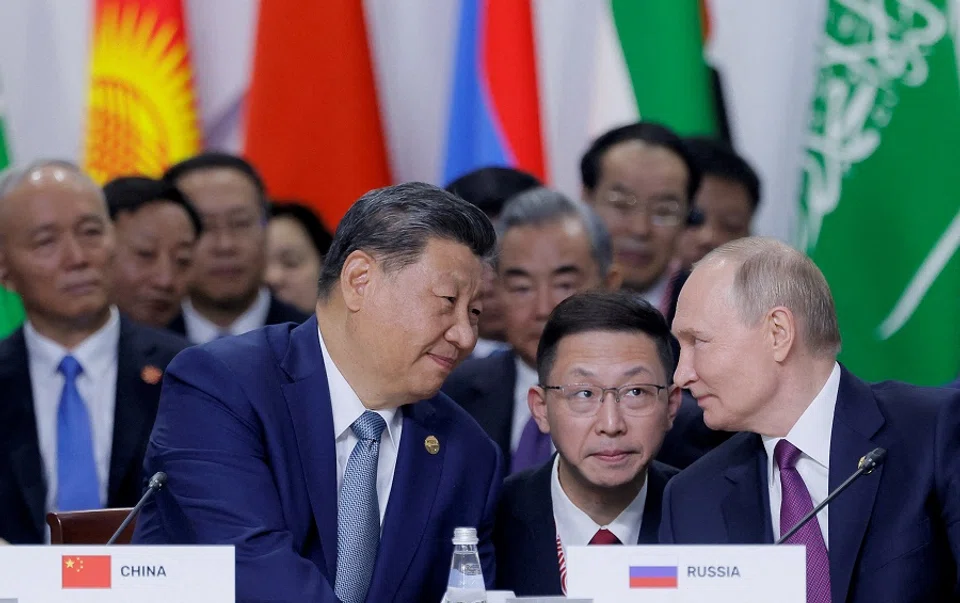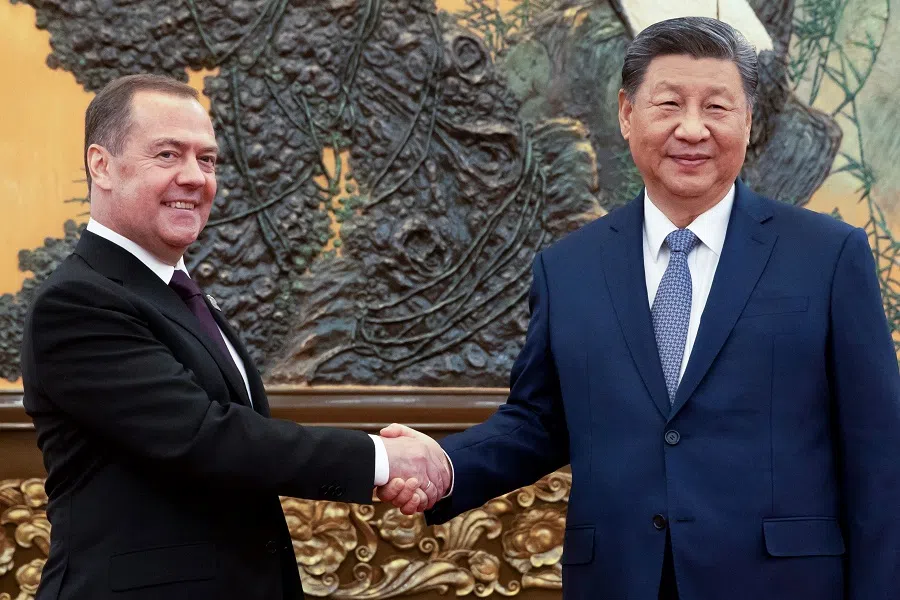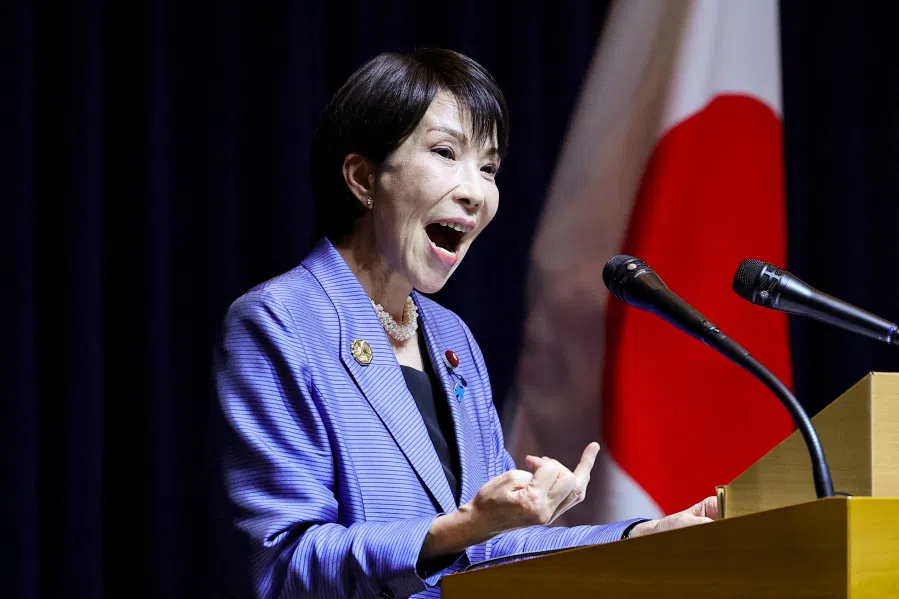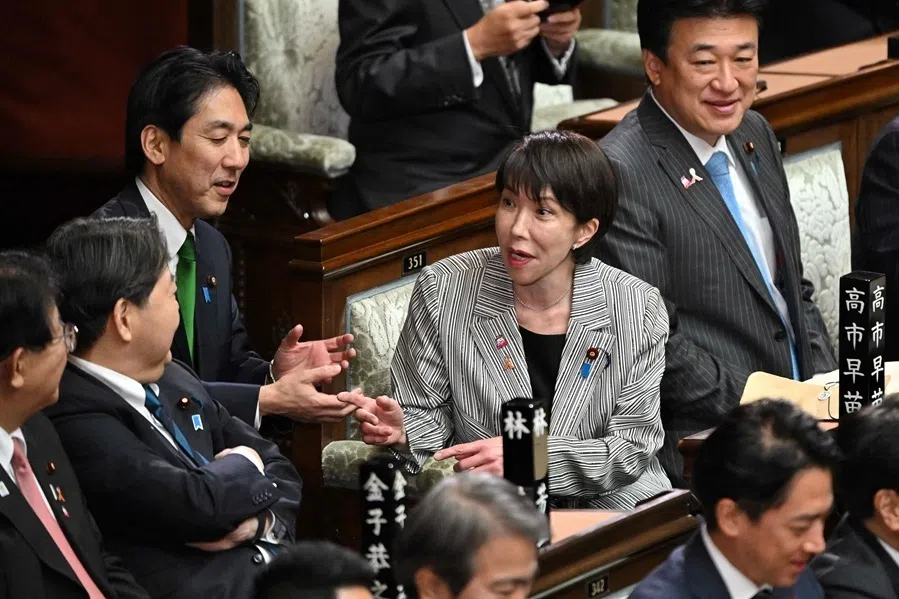China and Russia: A joint bid for global power?
The China-Russia partnership has been a source of unexpected stability in 2024, amidst growing division in the West and the uncertainties of Trump’s impending presidency. Academic Hao Nan discusses how the partnership has evolved over 2024, and its impact on the wider geopolitical landscape.

As China and Russia celebrate the 75th anniversary of their diplomatic ties in 2024, the Comprehensive Strategic Partnership of Coordination for the New Era between these two great powers has reached unprecedented depths. This year has been marked by a series of high-level visits, strategic agreements, and enhanced cooperation, across economic, technological, and military domains.
Against the backdrop of global geopolitical rivalry and intensifying competition with the West, this alignment not only reflects historical solidarity but also a pragmatic recalibration to address contemporary challenges.
With over 19,535 sanctions imposed on Russia as of August 2024, China has emerged as an economic lifeline for Russia, and both countries have maintained robust trade relations.
The cornerstone of the China-Russia partnership lies in the mutual political trust between their leaders. Xi Jinping’s state visit to Russia during the BRICS Summit in Kazan in October, and Vladimir Putin’s visit to China with a large delegation in May, illustrate the growing importance both nations place on their bilateral relationship.
The May 2024 joint statement, a comprehensive 12,000-word blueprint, underscores a shared vision for global multipolarity and strategic alignment in key regions, including Central Asia and the Tumen River Delta. The Delta is a nexus area bordering China, Russia and North Korea, and has been long left undeveloped due to its neighbours’ strategic scepticism. Their frequent engagements, coupled with extensive intergovernmental consultations, signal a deliberate effort to solidify their alliance amidst mounting Western opposition.
Robust trade relations amid Western sanctions
With over 19,535 sanctions imposed on Russia as of August 2024, China has emerged as an economic lifeline for Russia, and both countries have maintained robust trade relations.
Despite Western sanctions, particularly financial and banking sanctions, bilateral trade between the two nations reached $202.21 billion in the first ten months of 2024. This is a 2.8% year-on-year increase, with the expectation that the trade value for the whole year would remain around $220 – 240 billion, around the same level as in 2023.
China now accounts for 41% of Russia’s imports and 30% of its exports, reflecting a deepening economic interdependence. Chinese brands dominate nearly 90% of Russia’s smartphone imports and around 60% of its automotive market, filling gaps left by Western companies.
Energy cooperation stands as a key pillar of this economic relationship. Though the Russia-Ukraine natural gas transit contract is going to expire on 1 January, 2025, Russia has accelerated delivery of natural gas to China through the Power of Siberia pipeline, with further plans for additional pipelines now under discussion and construction.

Technology and security cooperation
Beyond trade, technological cooperation has emerged as a critical area of synergy. Russia continues to provide advanced technologies crucial to China’s strategic goals, including nuclear energy projects and space exploration initiatives. Plans for a joint nuclear-powered lunar base by 2035 — aligning with US timelines — underscore the long-term aspirations of this partnership. This collaboration extends to defence technologies, with Russia sharing expertise in ballistic missile defence and satellite navigation with China, thereby enhancing China’s strategic autonomy amidst US restrictions on technology transfers.
Their push to expand BRICS and integrate the Belt and Road Initiative with the Eurasian Economic Union reflects a broader strategy to foster an alternative global economic order.
Military cooperation between China and Russia has also intensified, with frequent joint exercises demonstrating their strategic alignment. In 2024, the two sides staged a line-up of high-profile joint military activities. Operations such as the 8th Joint Strategic Air Patrol near Alaska and naval drills in the Sea of Okhotsk, Gulf of Finland, and the South China Sea, alongside a trilateral naval drill in the Gulf of Oman with Iran, emphasised their capability to challenge Western alliances. These activities serve dual purposes: bolstering mutual defence preparedness and signalling a united front against perceived threats, including US actions in the Asia-Pacific and NATO’s East Asia expansion.
Wider geopolitical impact of China-Russia partnership
Notably, Li Hui, Chinese Special Envoy for Eurasian Affairs, conducted three rounds of shuttle diplomacy in March, May and July 2024, visiting the Ukraine conflict’s direct stakeholders and major Global South countries. In May, China and Brazil jointly launched a Six-Point Consensus that has been welcomed by over 110 countries, including the first Ukraine Peace Summit host Switzerland.
Meanwhile, Russia explicitly supported China’s sovereignty claims in the South China Sea and Taiwan, underscoring their reciprocal alignment on sensitive geopolitical issues. This cooperation highlights their shared objective to resist US influence in their respective regions.
The partnership’s impact extends beyond bilateral ties, shaping global multilateral institutions. As key players in organisations such as BRICS, SCO, and the UN, China and Russia have been advocating for reforms to reduce Western dominance in global governance.
Their push to expand BRICS and integrate the Belt and Road Initiative with the Eurasian Economic Union reflects a broader strategy to foster an alternative global economic order. This alignment resonates with the Global South, which views their efforts as a counterbalance to the entrenched dominance of the G7.
Russia’s provision of advanced technologies and cheap energy enables China’s rise, raising questions about the long-term implications for Russia’s strategic autonomy.

Despite the strength of their partnership, the China-Russia alignment is not without challenges. Russia’s increasing economic reliance on China and Beijing’s expanding influence in Central Asia may strain the balance of this relationship.
The development of infrastructure projects such as the China-Kyrgyzstan-Uzbekistan railway bypassing Russia exemplifies Beijing’s strategic calculus to secure alternative trade routes. While Moscow benefits from these developments, it must reconcile them with its historical role as the dominant power in Eurasia.
Similarly, while energy and technological collaborations offer mutual benefits, they also underscore asymmetries. Russia’s provision of advanced technologies and cheap energy enables China’s rise, raising questions about the long-term implications for Russia’s strategic autonomy.
Looking ahead: the China-Russia partnership in 2025
The China-Russia alignment in 2024 is a defining feature of contemporary geopolitics. Rooted in mutual benefits, shared strategic interests, and high-level political trust, it has become a cornerstone of the emerging multipolar order, a dynamic unlikely to reverse given current international circumstances. However, sustaining this partnership will require careful navigation of asymmetries and external pressures.
China and Russia’s... positioning as guardians of the post-WWII international order.... serves both to legitimise their domestic policies and justify their stances on international issues, projecting an image of stability and continuity amidst a fracturing global landscape.
Looking to 2025, while observers anxiously await Trump’s return to the White House — and his signature America First policies of protectionism, isolationism and transactional diplomacy — structural forces driven by China and Russia will likely serve as stabilising mitigators.
China will host key multilateral gatherings, including the SCO Summit, while Brazil and South Africa host the BRICS and G20 summits, respectively. Russia will be further engaged. Together, these events will highlight a commitment to multilateralism, in contrast to the potential dysfunction of the G7 mechanism and US-led alliances.
Furthermore, China and Russia’s planned joint celebration of the 80th anniversary of the United Nations and the victory in the World Anti-Fascist War will reinforce their positioning as guardians of the post-WWII international order. This narrative serves both to legitimise their domestic policies and justify their stances on international issues, projecting an image of stability and continuity amidst a fracturing global landscape.





